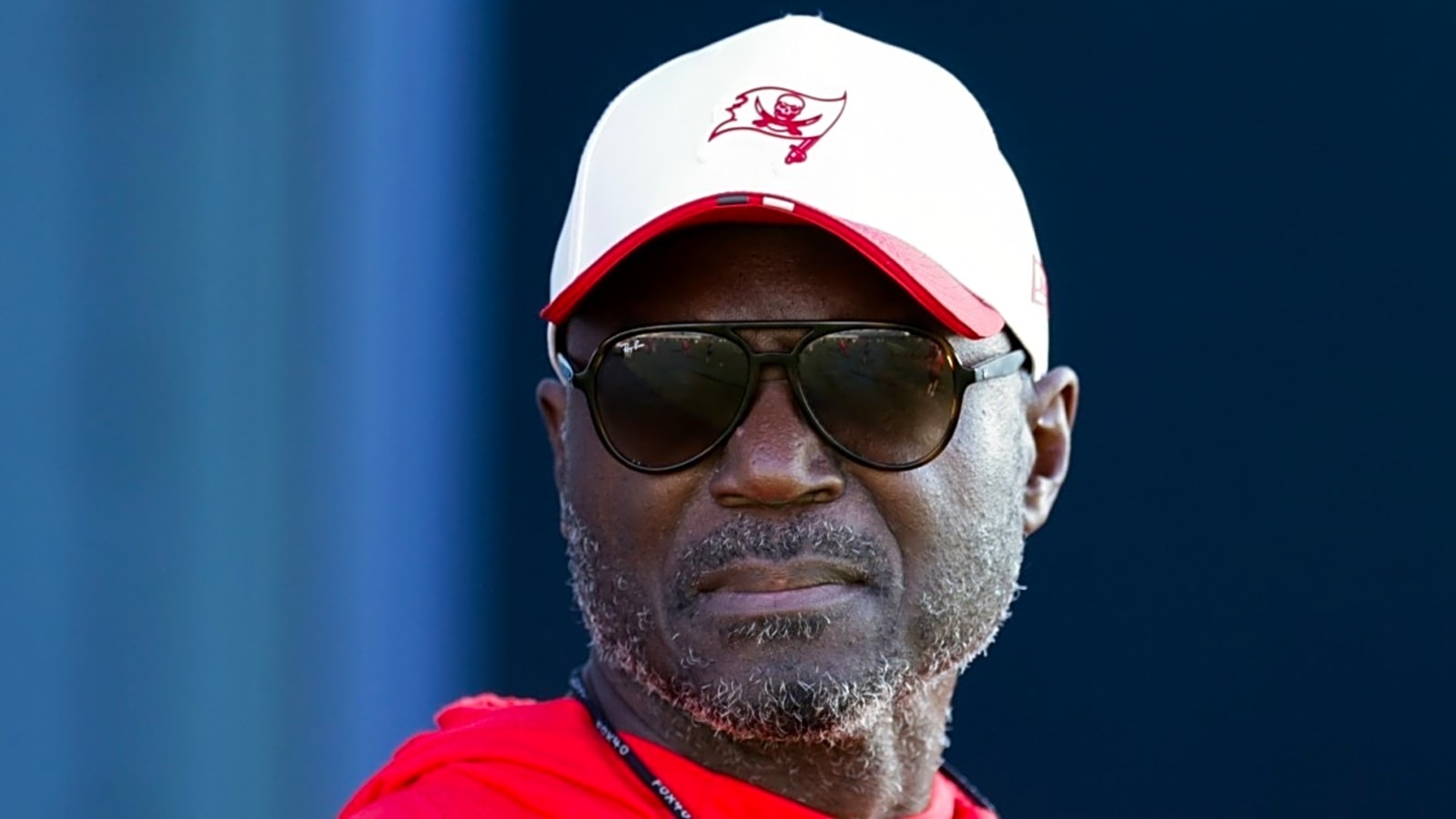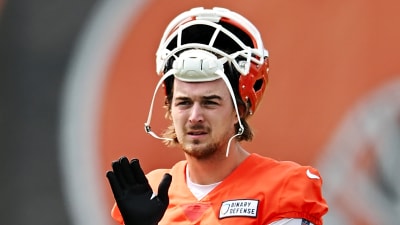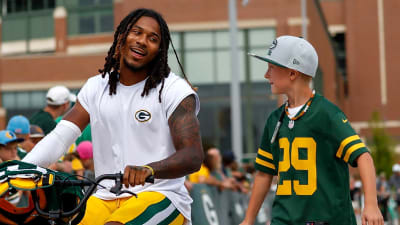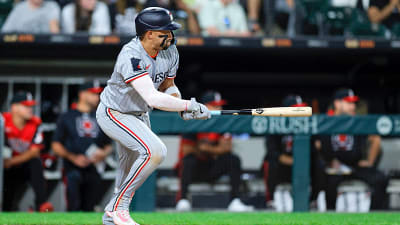
Roster cuts are difficult enough to make as-is, but people often weigh the odds of a released player getting picked up on waivers (or just signing with another team if he's a veteran) and whether or not it's worth taking the risk of cutting said player.
In their minds, it adds a layer of "should we or shouldn't we" that creates reason for pause when deciding on what to do next.
For Todd Bowles and the Tampa Bay Buccaneers, that's not the way to operate. Mitigating that kind of risk isn't in the team's best interest as a whole and he's here to make sure the roster is at max efficiency when it comes to how it's constructed.
"You have to roll the dice, but you also get a feel of which coaches they were with before and who had them before and who might be in need of what positions," Bowles said when asked if league perception of a player factors into the decision to keep or release a player. "You get a feel for it that way, but that can't be a determining factor in if you're going to keep the guy or not."
The risk is worth taking in Bowles' mind and it's the correct approach
Getting the right guys on a 53-man roster is already hard enough and coaches can't allow the above misguide them as they make final decisions. It all has to make sense, too. Hypothetically, why keep a seventh receiver when you need another offensive lineman, or cornerback, or whatever, and you have a guy who can possibly help fill the void?
There's also room for a potential reunion later down the road if a cut player ends up on another team's practice squad. That's because teams can poach players (unless they're protected during a specific week or weeks) and sign them to its own 53-man roster for a few weeks if they're needed badly enough.
Ultimately, Bowles is looking out for the team and is doing what is best. He's trying to make the 2025 version of the Buccaneers the best it can be from the start and he won't let mostly-innocuous situations like these get in the way.
More must-reads:
- Ravens sign two-time Pro Bowl safety to four-year extension
- 49ers to sign two-time Super Bowl champion WR
- The 'NFL sack leaders since 2015' quiz
Breaking News
Trending News
Customize Your Newsletter
 +
+
Get the latest news and rumors, customized to your favorite sports and teams. Emailed daily. Always free!








